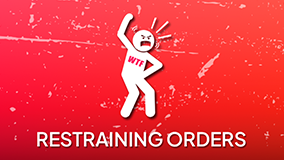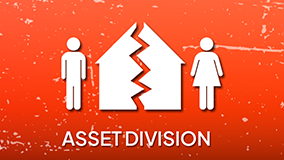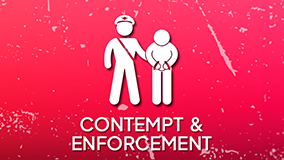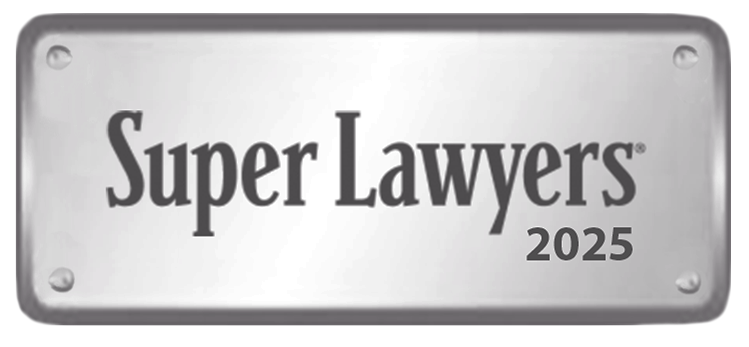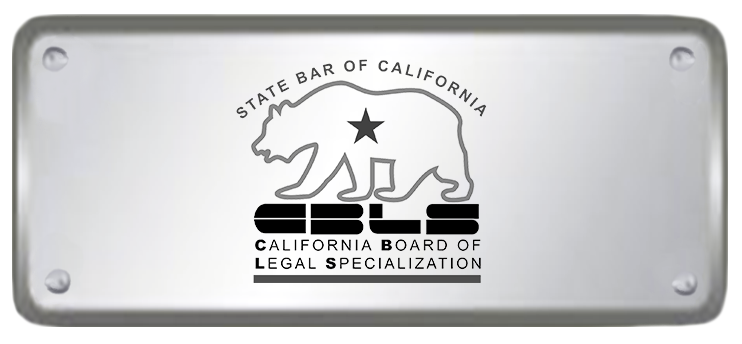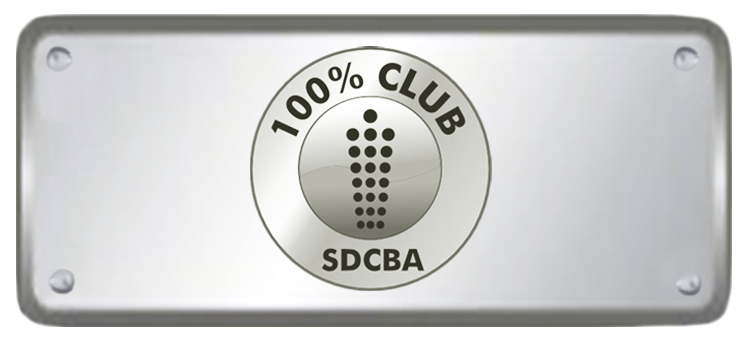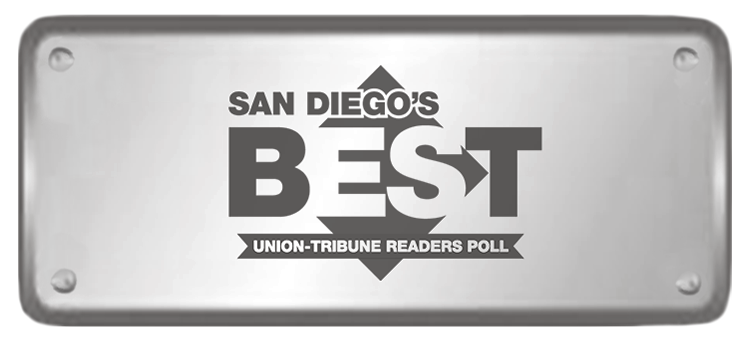COLLABORATIVE DIVORCE IN CALIFORNIA
Collaborative Divorce in California is one way to navigate what can be an incredibly difficult and emotional process while taking into consideration the needs and wants of both parties. Collaborative Divorce is a form of alternative dispute resolution that allows couples to work through the divorce process with the assistance of trained professionals. This approach emphasizes cooperation, communication, disclosure, and mutual respect, with the goal of attaining a mutually beneficial settlement agreement.
What Is Collaborative Divorce in California?
Collaborative Divorce begins with the parties to a marital dissolution seeking an alternative form of dispute resolution. Once an agreement to proceed in this manner is reached, then a team of dedicated interdisciplinary professionals is assembled. This team includes attorneys, financial experts, and mental health professionals that have completed specific training in Collaborative Practice. Each team member has a specific role to play in the process, and their expertise is invoked to assist the couple in resolving their dispute amicably.
How Does Collaborative Divorce Work?
1. BOTH PARTIES HIRE THEIR OWN COLLABORATIVE ATTORNEYS:
The first step in a Collaborative Divorce is for both parties to hire their own attorneys that have completed specific training in Collaborative Practice. The two attorneys work together in conjunction with the interdisciplinary team.
2. PARTICIPATION AGREEMENT:
Once attorneys have been retained, the couple and their attorneys will work together to create a Participation Agreement. The Participation Agreement is a contract that sets forth the ground rules for the process and outlines the roles and responsibilities of each team member. The Participation Agreement is signed by both parties, their attorneys, and any other professionals involved in the process.
3. RESOLVE ISSUES:
The next step is for the couple to work with their attorneys and other professionals to identify and address the issues that need to be resolved. This may include issues related to child custody and support, spousal support, property division, and other matters. The team will work together to gather information and develop creative solutions that meet the needs of both parties.
Throughout the Collaborative Divorce process, the couple and their attorneys will meet regularly to discuss their progress and work toward a resolution. The team may also hold joint meetings with other professionals involved in the process, such as financial experts and mental health professionals.
Benefits of Collaborative Divorce
One of the key benefits of Collaborative Divorce is that it allows the couple to maintain control over the process. Unlike a traditional divorce, where a judge makes the final decisions, Collaborative Divorce empowers the couple to work together to find a negotiated settlement that meets their unique needs. Another benefit of Collaborative Divorce is that it can be more cost-effective than traditional divorce since the couple is working together to find a solution and can often avoid costly court battles and protracted litigation.
When is Collaborative Divorce Not a Good Idea?
It is important to note that Collaborative Divorce may not be appropriate in all cases. If one party is not willing to cooperate, is acting in bad faith, or if there are allegations of domestic violence, Collaborative Divorce may not be an effective option. In these cases, traditional divorce litigation may be necessary to protect the rights and interests of the client. Additionally, while Collaborative Divorce is intended to be a peaceful and cooperative process, it is important to remember that both parties are still represented by attorneys who are tasked with ensuring that their client’s rights and interests are protected throughout the process.
Collaborative Divorce can be a valuable alternative to traditional divorce litigation that can help couples reach a fair and equitable settlement. It emphasizes cooperation, communication, and mutual respect and empowers the couple to maintain control over the process. However, as with any legal matter, it is important to consult with a qualified attorney to determine the best course of action for your unique situation. Antonyan Miranda’s attorney staff includes attorneys that have completed training in Collaborate Practice and can provide valuable guidance and representation when it comes to deciding the best path for your divorce process. Call us at 619-696-1100 to speak with one of our Concierge attorneys, or visit us at www.expertdivorcelaw.com for more information.
FOLLOW US!
COLLABORATIVE DIVORCE IN CALIFORNIA
Collaborative Divorce in California is one way to navigate what can be an incredibly difficult and emotional process while taking into consideration the needs and wants of both parties. Collaborative Divorce is a form of alternative dispute resolution that allows couples to work through the divorce process with the assistance of trained professionals. This approach emphasizes cooperation, communication, disclosure, and mutual respect, with the goal of attaining a mutually beneficial settlement agreement.
What Is Collaborative Divorce in California?
Collaborative Divorce begins with the parties to a marital dissolution seeking an alternative form of dispute resolution. Once an agreement to proceed in this manner is reached, then a team of dedicated interdisciplinary professionals is assembled. This team includes attorneys, financial experts, and mental health professionals that have completed specific training in Collaborative Practice. Each team member has a specific role to play in the process, and their expertise is invoked to assist the couple in resolving their dispute amicably.
How Does Collaborative Divorce Work?
1. BOTH PARTIES HIRE THEIR OWN COLLABORATIVE ATTORNEYS:
The first step in a Collaborative Divorce is for both parties to hire their own attorneys that have completed specific training in Collaborative Practice. The two attorneys work together in conjunction with the interdisciplinary team.
2. PARTICIPATION AGREEMENT:
Once attorneys have been retained, the couple and their attorneys will work together to create a Participation Agreement. The Participation Agreement is a contract that sets forth the ground rules for the process and outlines the roles and responsibilities of each team member. The Participation Agreement is signed by both parties, their attorneys, and any other professionals involved in the process.
3. RESOLVE ISSUES:
The next step is for the couple to work with their attorneys and other professionals to identify and address the issues that need to be resolved. This may include issues related to child custody and support, spousal support, property division, and other matters. The team will work together to gather information and develop creative solutions that meet the needs of both parties.
Throughout the Collaborative Divorce process, the couple and their attorneys will meet regularly to discuss their progress and work toward a resolution. The team may also hold joint meetings with other professionals involved in the process, such as financial experts and mental health professionals.
Benefits of Collaborative Divorce
One of the key benefits of Collaborative Divorce is that it allows the couple to maintain control over the process. Unlike a traditional divorce, where a judge makes the final decisions, Collaborative Divorce empowers the couple to work together to find a negotiated settlement that meets their unique needs. Another benefit of Collaborative Divorce is that it can be more cost-effective than traditional divorce since the couple is working together to find a solution and can often avoid costly court battles and protracted litigation.
When is Collaborative Divorce Not a Good Idea?
It is important to note that Collaborative Divorce may not be appropriate in all cases. If one party is not willing to cooperate, is acting in bad faith, or if there are allegations of domestic violence, Collaborative Divorce may not be an effective option. In these cases, traditional divorce litigation may be necessary to protect the rights and interests of the client. Additionally, while Collaborative Divorce is intended to be a peaceful and cooperative process, it is important to remember that both parties are still represented by attorneys who are tasked with ensuring that their client’s rights and interests are protected throughout the process.
Collaborative Divorce can be a valuable alternative to traditional divorce litigation that can help couples reach a fair and equitable settlement. It emphasizes cooperation, communication, and mutual respect and empowers the couple to maintain control over the process. However, as with any legal matter, it is important to consult with a qualified attorney to determine the best course of action for your unique situation. Antonyan Miranda’s attorney staff includes attorneys that have completed training in Collaborate Practice and can provide valuable guidance and representation when it comes to deciding the best path for your divorce process. Call us at 619-696-1100 to speak with one of our Concierge attorneys, or visit us at www.expertdivorcelaw.com for more information.




